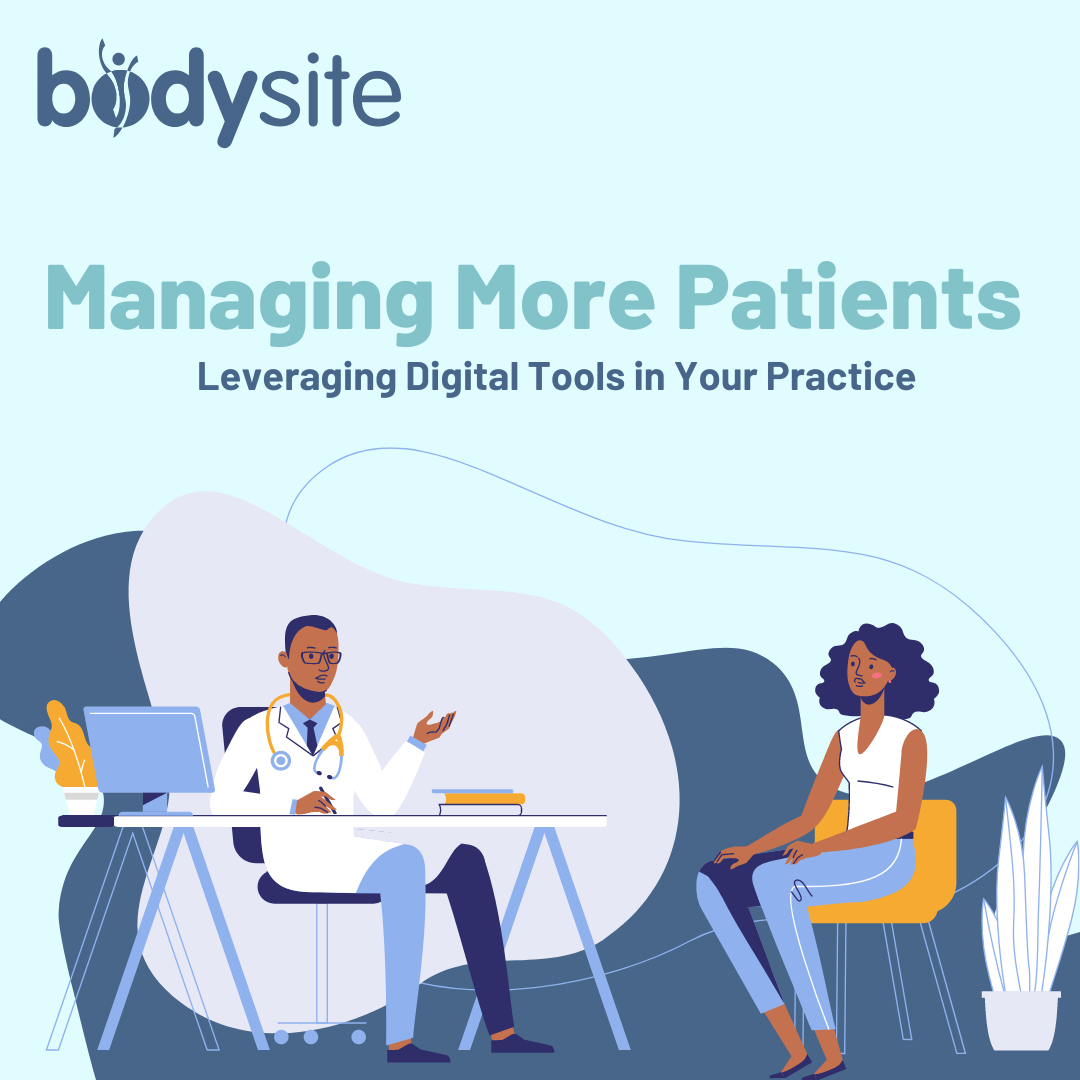Managing More Patients Using Online Tools

As a doctor, managing a large number of patients can be challenging. Unfortunately, this phenomenon is becoming more common in the post-pandemic climate. A May 10, 2022, MGMA Stat poll found that 55% of practices report their 2022 visit volumes are above 2021 levels [1].
Given these trends, healthcare professionals are looking for ways to manage more patients without lowering the standard of care.
Thankfully, digital tools and strategies can help make this goal a reality. Remote patient care tools can be used to manage more patients efficiently saving your practice time, money and even improving outcomes. Here are some of the most effective ways to manage more patients in a medical practice using technology.
Maximize the Value of Telemedicine
While almost every practice in 2023 has a telemedicine infrastructure in their practice, the strategy for the use and implementation of your telemedicine tools is incredibly important. A telemedicine solution that’s being poorly leveraged or worse, not used is no help to you or your patients.
Telemedicine engines at a minimum should be a time saver, easy to use, and fully HIPAA compliant. However, given the high price tag associated with different telemedicine solutions, it seems that they should be offering much more.
To maximize the value of your telemedicine solution, be sure that you’re getting the most for your money and time spent using the program. If your telemedicine solution fails to offer key features such as the ability to conduct group visits, share documents, assign an intake form, and/or assign patients a wellness program, it may be time to look into a solution that offers more.
Through using enhanced telemedicine features, you and your staff can maximize the time spent and the level of care during each telemedicine appointment.
Implement an Interactive Patient Portal
Many providers have an EMR-based patient portal that records what happened during the patient’s visit, their medical history, and test results, but that’s all. However, if you need to reach patients between office visits to communicate with them, assign them tasks, or would like to automate parts of their care, a typical EMR won’t fit the bill.
That’s why combining your current EMR with a remote patient care portal such as BodySite, allows you to track patient progress, their biometrics and communicate with patients and staff through a HIPAA compliant portal.
By giving your patients a way to instantly connect with you, access their care instructions, and track their progress, your patients can achieve greater health outcomes while you and your staff have more time to focus on seeing more patients.
Automate Patient Education and Reminders
If your EMR or other remote tools do not offer you the ability to automate remote patient care, through a digital care program you could need to supplement your virtual offerings with an automated patient education platform.
This technology pushes daily guidance including education, instructions tasks, and reminders to ensure that patients, especially those with pre-existing conditions such as diabetes, are receiving regular, automated care between office visits.
In conclusion, by implementing online tools, you can manage more patients in your medical practice while also improving patient care and satisfaction. These tools can reduce the workload on your staff, increase efficiency, and streamline your operations. As the healthcare industry continues to evolve, it is important to embrace digital solutions to stay competitive and meet patient needs.
Are your current remote patient tools not cutting it? BodySite offers all the features discussed above all in one convenient platform. Get started with a one month free trial with complete access to all of BodySite’s features!
SOURCES:
https://www.mgma.com/data/data-stories/mgma-stat-overview
